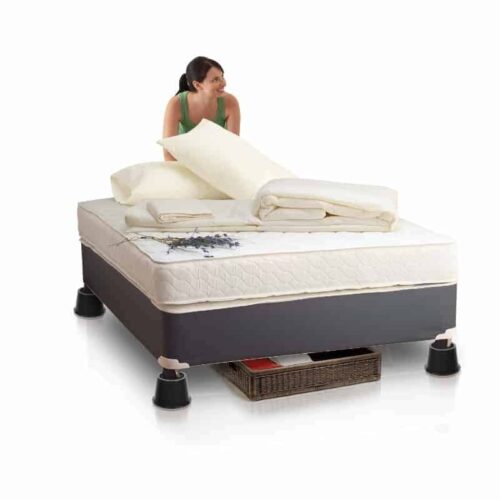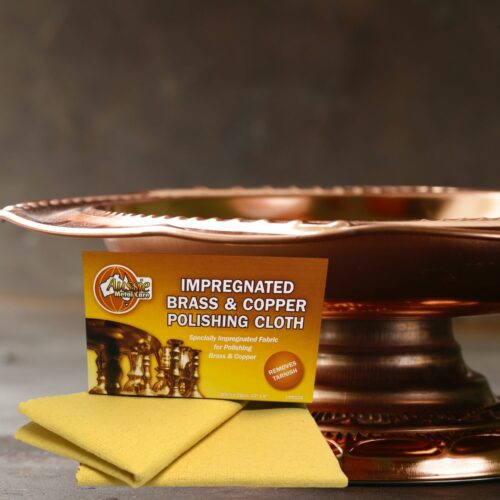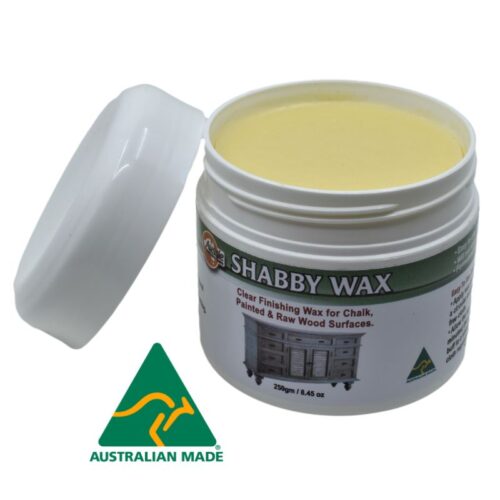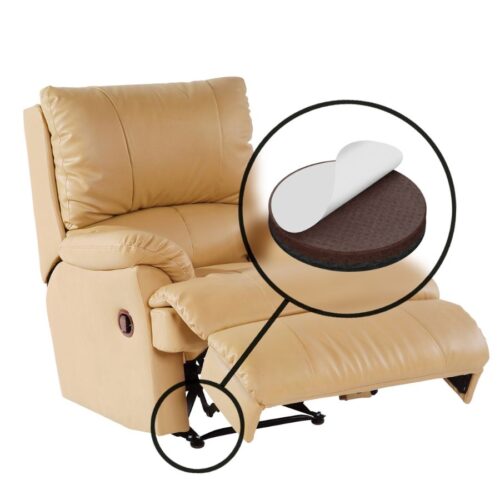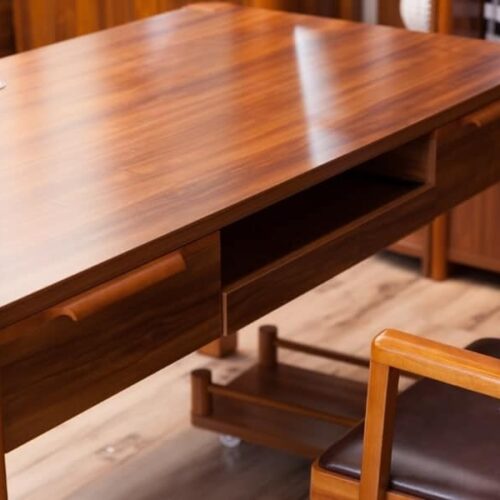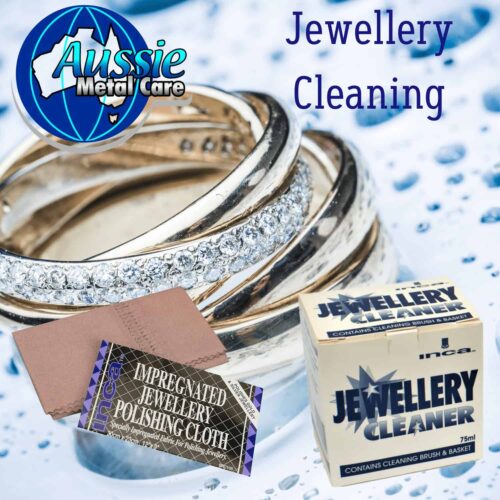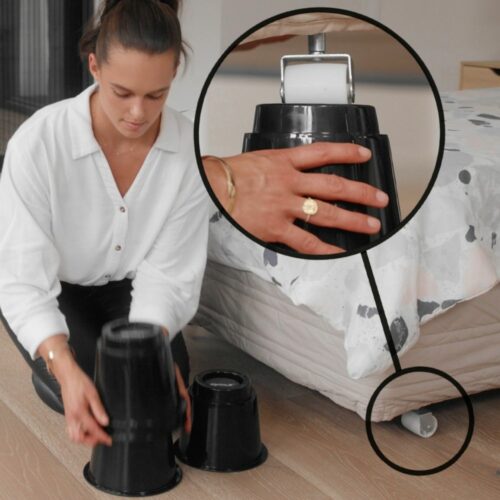In the world of woodworking and DIY furniture restoration projects, the beauty of a finished piece often lies in its details and durability.
Whether it’s a cherished piece of furniture, a hardwood floor, or a piece of veneer that has seen better days, the need for repair and restoration is eventually going to happen.
Among the myriad of repair solutions available, wax filler sticks stand out for their effectiveness and ease of use.
This post dives into wax filler stick based repair solutions, focusing specifically on the differences between beeswax filler sticks, wax putty bricks and furniture repair crayons as well as what each one is used for.
Following this information will help to ensure you are choosing the right filler stick for your specific type of wood repair and touch up.
What you need to know before choosing any type of wax filler stick as a repair option
Wax filler sticks are not suitable for repairing dents or bruising on flat surfaces such as a tabletop where the lacquer has not broken through. In most cases it will highlight the damage and make it even more noticeable, or the wax filler will not attach to the surface and will come straight off when the furniture is polished or cleaned.
Beeswax Filler Sticks
Made from pure beeswax, these filler sticks are perfect for addressing wide splits, cracks, holes, gouges and deep scratches. Their harder consistency also allows for moulding into specific shapes, making them ideal for furniture repairs such as rounded corners or edges.
Most brands of beeswax filler sticks come in a variety of colours as a rule of thumb always choose a colour that closely matches the surface you are repairing and go for a colour that is a shade or two darker for the best results.
Pure beeswax filler sticks are not suitable for repairs that need to be coated with lacquer or paint. They can have furniture waxes and polishes applied over them.
They’re versatile enough to handle repairs on various wooden surfaces, including hardwood floors, furniture, and plywood, among others. The application is straightforward and only 3 simple tools are required, making them a favourite among professionals and DIY enthusiasts alike.
You’ll need a knife, a soldering iron and a piece of flat plastic like an old credit card.
Application Directions
For smaller repairs:
- Cut a small piece of wax off the beeswax filler stick.
- Roll it between your fingers into an elongated shape similar in size to the split or crack. Roll it into a ball if you need to fill a hole or gouge.
- Once the wax has softened push it firmly into the problem area to fill it and then remove any excess from the top and edges of the repair using a blunt plastic spatula or an old unused credit card.
For larger repairs use a soldering iron to melt the wax into split, crack, hole or gouge and remove the excess wax using a blunt plastic spatula or an old unused credit card.
Wax Putty Bricks
For large or small splits, dents and gouges, wax putty bricks are also an excellent solution. These synthetic wax filler sticks are engineered to fill noticeable damage effectively. Unlike beeswax sticks, wax putty bricks are not suited for moulding but excel in filling purposes, providing a dependable solution for significant repairs.
One of the unique features of wax putty bricks is their compatibility with paints and stains, allowing for lacquering or a range of other finishing options post-repair. Their pliable nature makes them easy to use without the need for pre-warming, simplifying the repair process even further. Suitable for all wood types, wax putty bricks offer an effective and hassle-free solution for wood repairs.
Application Directions
- Cut a small piece of wax off the beeswax filler stick.
- Roll it between your fingers into an elongated shape similar in size to the split or crack. Roll it into a ball if you need to fill a hole or gouge.
- Once the wax putty brick has softened push it firmly into the problem area to fill it and then remove any excess from the top and edges of the repair using a blunt plastic spatula or an old unused credit card.
Furniture Repair Crayons
For minor repairs such as fine splits, small holes and gouges, furniture repair crayons are the simplest solution. These crayons are perfect for disguising and filling fine splits, nicks or abrasions on timber furniture, picture frames and floors, requiring no heat or special tools.
Furniture repair crayons are designed for convenience, offering a quick and effective way to address minor damages without the fuss of more complex repair methods. They come in a variety of wood tones to ensure a close match to your furniture, making repairs almost invisible.
Application Directions
Their reasonably soft composition allows for easy application by simply rubbing the crayon over the damaged area until level and then rubbing off excess with a soft non-abrasive cloth.
Choosing the Right Repair Solution
While there are many types of wood repair solutions available, this post focuses on identifying the different types of wax filler sticks, highlighting their versatility and ease of use.
When choosing the right product for your repair and touch up needs, consider the nature and size of the damage, the desired finish and the type of wood surface involved.
Opting for a slightly darker shade than the wood being filled is generally recommended for the best visual blending.
Conclusion
Wax filler sticks, in their various forms, offer a range of solutions for wood repair needs. Whether you’re dealing with minor scratches or significant damage, there’s a wax filler stick suitable for the job.
By understanding the unique qualities and applications of beeswax filler sticks, wax putty bricks, and furniture repair crayons, woodworkers and DIYers can achieve professional-grade results at a fraction of the cost of professional repair services.
We hope this guide has illuminated the differences and uses of beeswax filler sticks, wax putty bricks, and furniture repair crayons. If you’ve had experiences with these or other wood repair solutions, we’d love to hear from you. Share your stories in the comments or reach out with questions about your specific repair challenges. Let’s keep the conversation going and continue to support each other in our woodworking and DIY endeavours.







